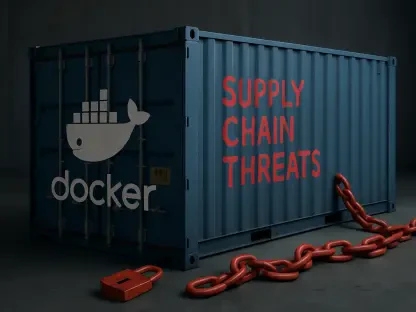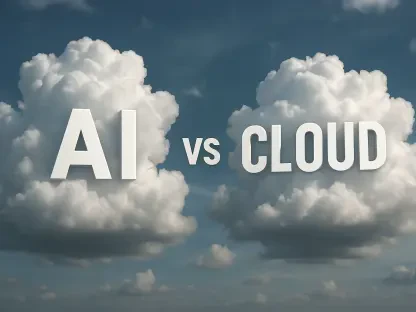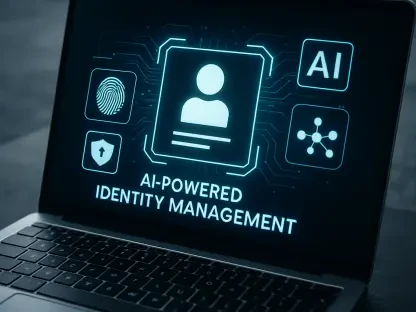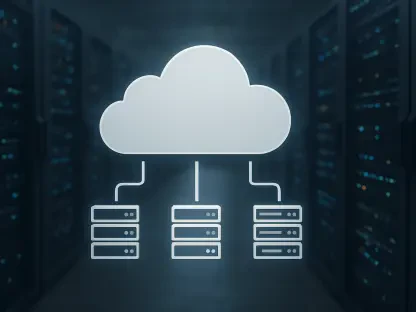Maryanne Baines, renowned for her deep dive into cloud technology, brings her expertise to the ever-evolving world of cybersecurity. As she delves into the recent changes at the Cybersecurity and Infrastructure Security Agency (CISA), Maryanne offers her insights on the strategic shifts and the broader implications for government communications in our digital landscape. Her analysis sheds light on the complex interplay between technology, policy, and security.
What led CISA to initially decide to limit the posting of routine cyber alerts on its website?
The core idea behind CISA’s decision was to sharpen the focus on urgent alerts related to new threats or significant cyber activities. By limiting the routine updates on their main website, they wanted critical information to stand out and be easily accessible to stakeholders. It’s an attempt to ensure that urgent matters don’t get lost in the noise of routine updates.
How will CISA now disseminate routine cybersecurity updates?
CISA planned to shift its routine updates to various platforms like email notifications, RSS feeds, and Elon Musk’s social media platform, X. These channels were seen as alternatives that could still disseminate the necessary information while keeping the website streamlined for urgent alerts.
Why does CISA believe that separating urgent alerts from routine updates on their website is beneficial?
The idea was to create a clear distinction between routine content and critical alerts that require immediate attention. This way, they hoped stakeholders would not miss vital information amidst less time-sensitive updates, thus improving the overall effectiveness of their communications.
What concerns or challenges may arise from moving more communication to Elon Musk’s social media platform, X?
One potential issue is the limited character count, which can constrain detailed communication. The shift also raises concerns about the platform’s reliability, privacy, and potential for misinformation. Moreover, not all stakeholders may use X, leading to gaps in reaching the intended audience.
How might budget cuts proposed in President Trump’s wish-list budget for 2026 affect CISA’s operations and capabilities?
Cuts could significantly impact CISA’s ability to maintain its current level of cybersecurity operations. Reduced funding might lead to a decrease in workforce and resources, hindering the agency’s capacity to respond to growing cyber threats. This could put American cyber defense at risk as adversaries become more sophisticated.
What was former CISA chief Jen Easterly’s public response to the proposed budget cuts?
Jen Easterly publicly criticized the budget cuts as detrimental to national security. She highlighted the heightened risk associated with undermining America’s cyber defense capabilities amid increasingly sophisticated global cyber threats.
How have other US government agencies, like the National Transportation Safety Board and the Social Security Administration, changed their communication strategies recently?
Similar to CISA, these agencies have moved significant portions of their communication to X. They’ve lessened reliance on traditional email updates and press releases, opting to disseminate information predominantly through this platform to adapt to current media consumption trends and budget constraints.
What potential issues could arise from government agencies relying heavily on X for updates?
The primary concern is the limited reach, as not all stakeholders might follow updates on X. There’s also the risk of miscommunication given the platform’s character constraints. Dependence on a single platform can lead to vulnerabilities, especially if access to the platform is disrupted.
Why did CISA revert back to its original system of posting everything on its website just a day after announcing the change?
CISA quickly realized the shift caused confusion and some pushback from the cybersecurity community. They paused to reassess and consider the best methods to communicate without alienating their audience or risking information being overlooked.
How did the security breach involving the GovDelivery email service affect CISA’s communication decisions, if at all?
While CISA claimed the decision to revert its changes wasn’t due to the breach, it likely served as a reminder of the risks associated with relying heavily on third-party services. It emphasized the need for secure and reliable channels to ensure the integrity of their communications.
What is your forecast for government communication strategies in the future?
Government agencies will likely continue exploring diverse communication channels, balancing modern technology with traditional methods to reach their full audience. Emphasis on security and reliability in these channels will be crucial, particularly in a landscape increasingly driven by digital transformation and cyber threats.









